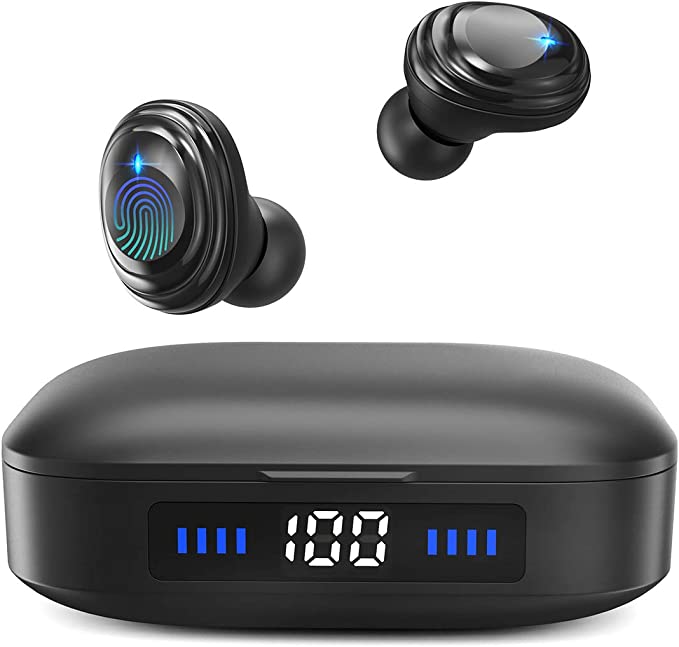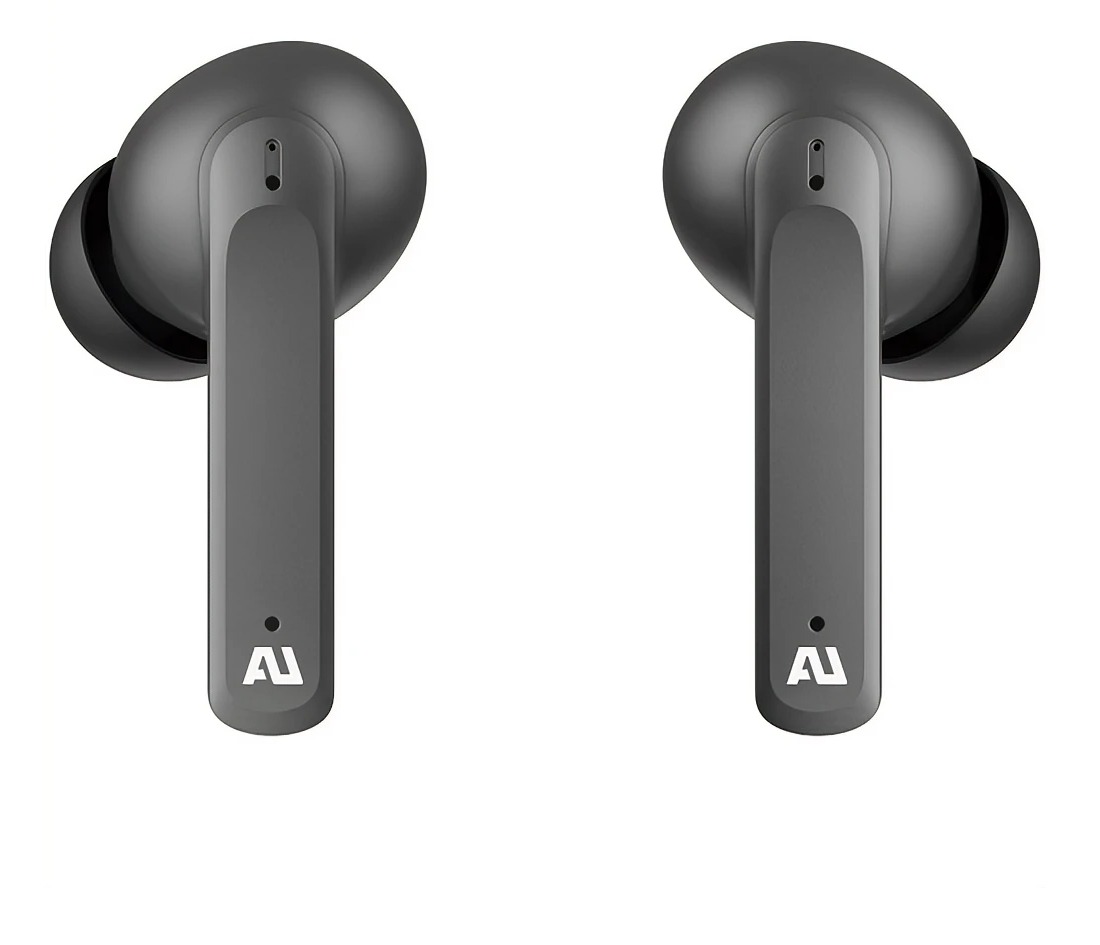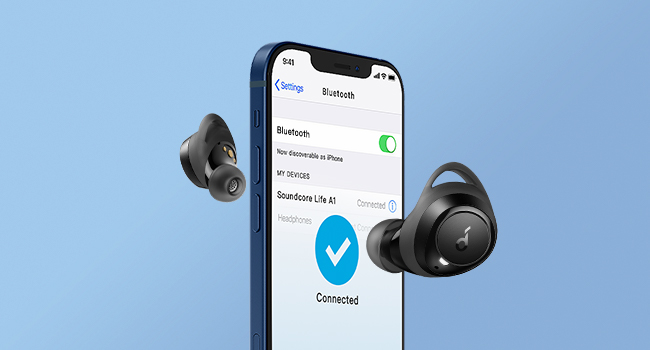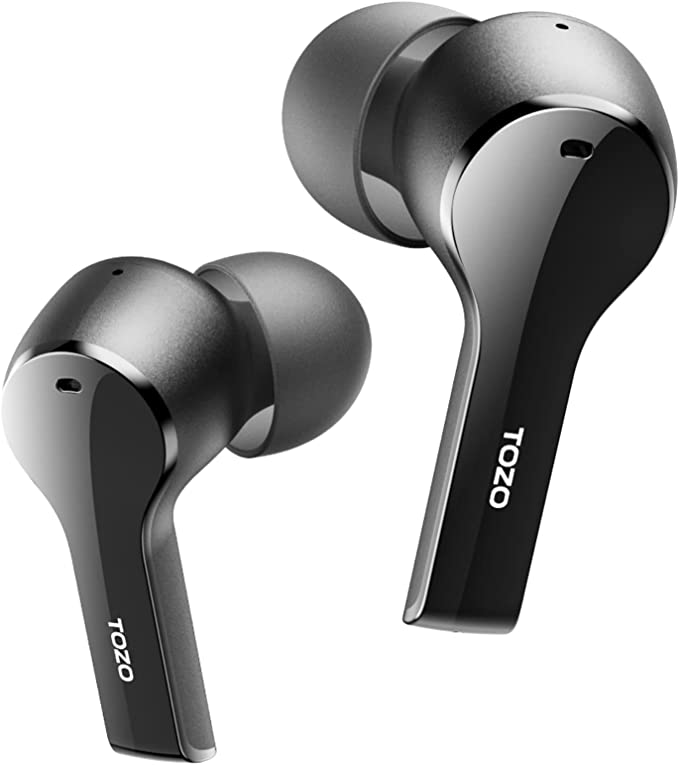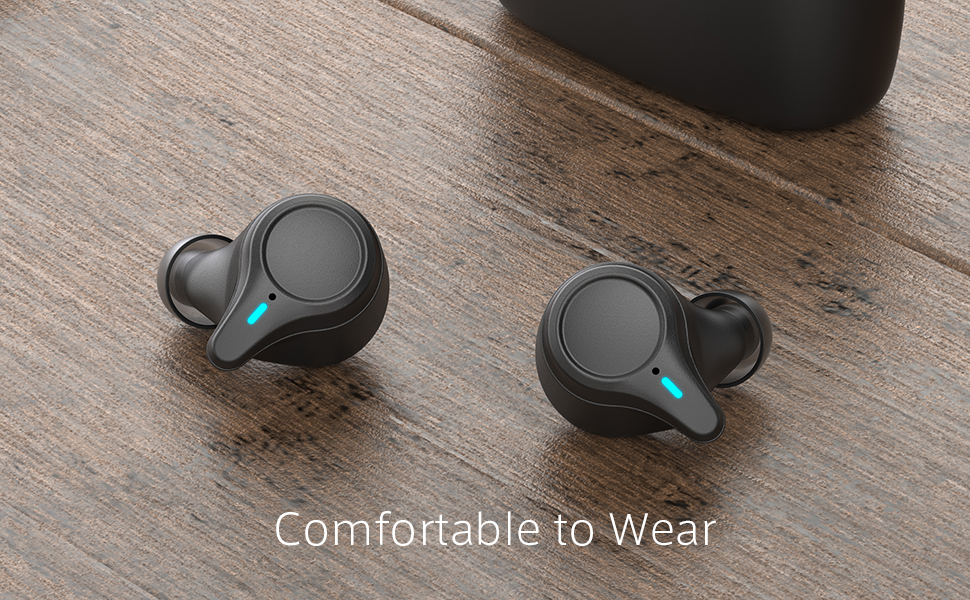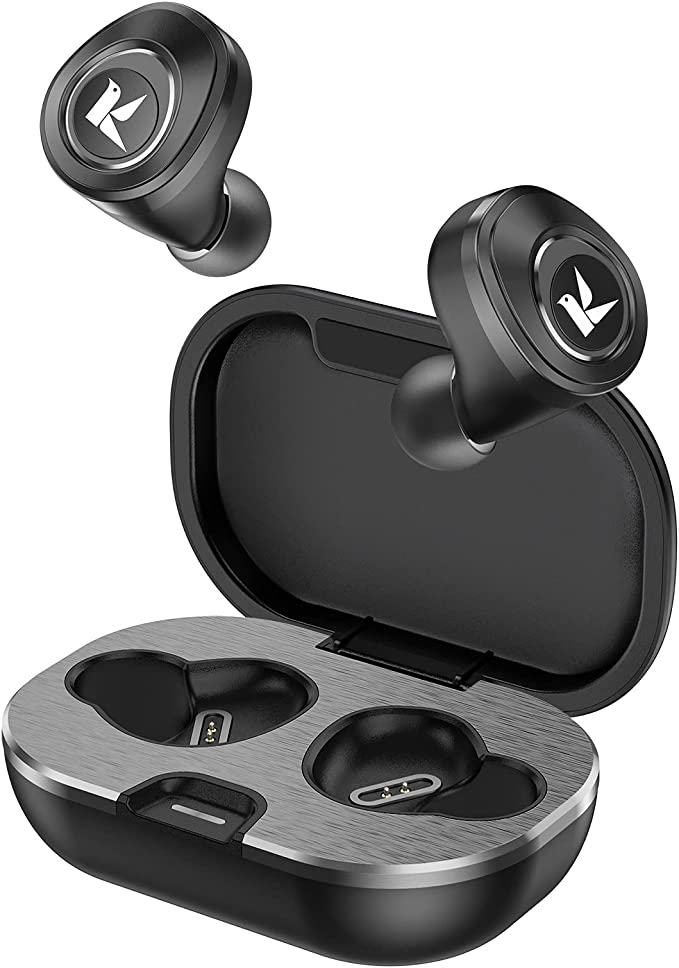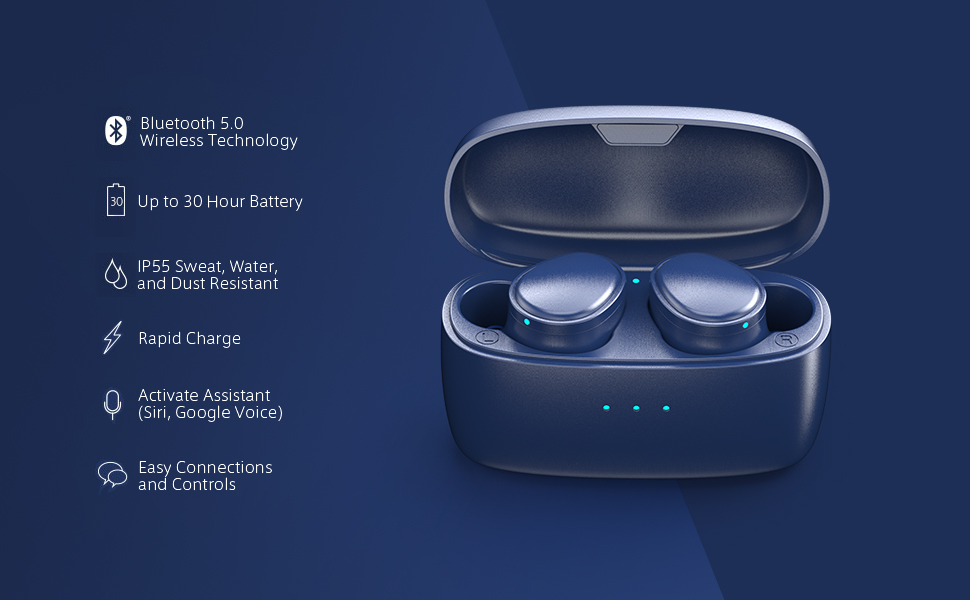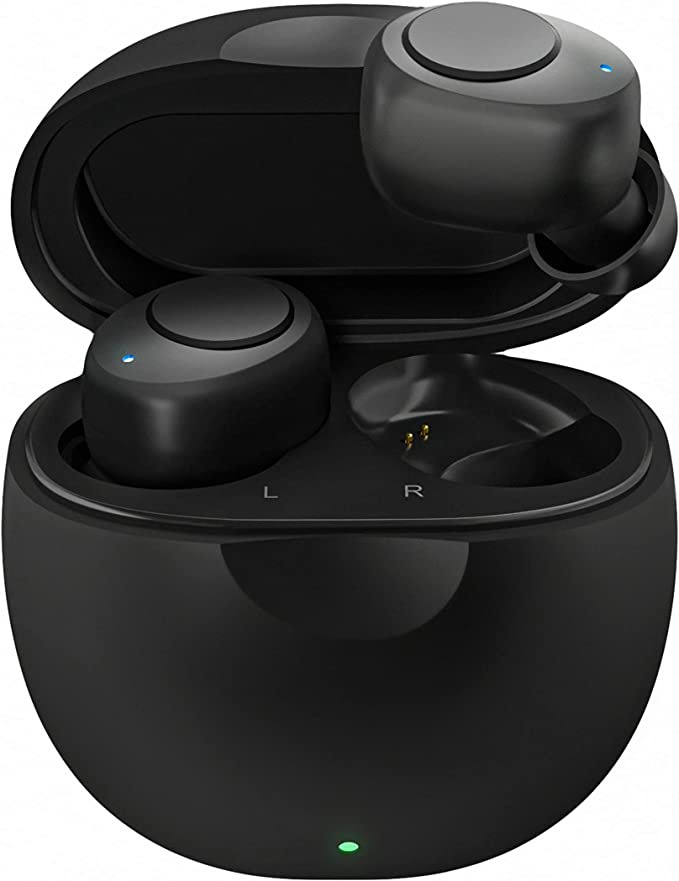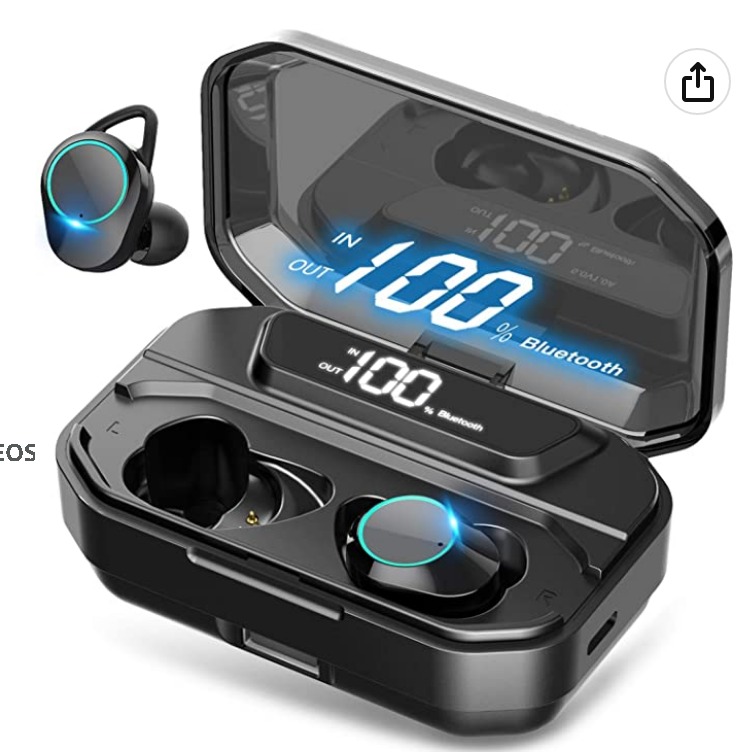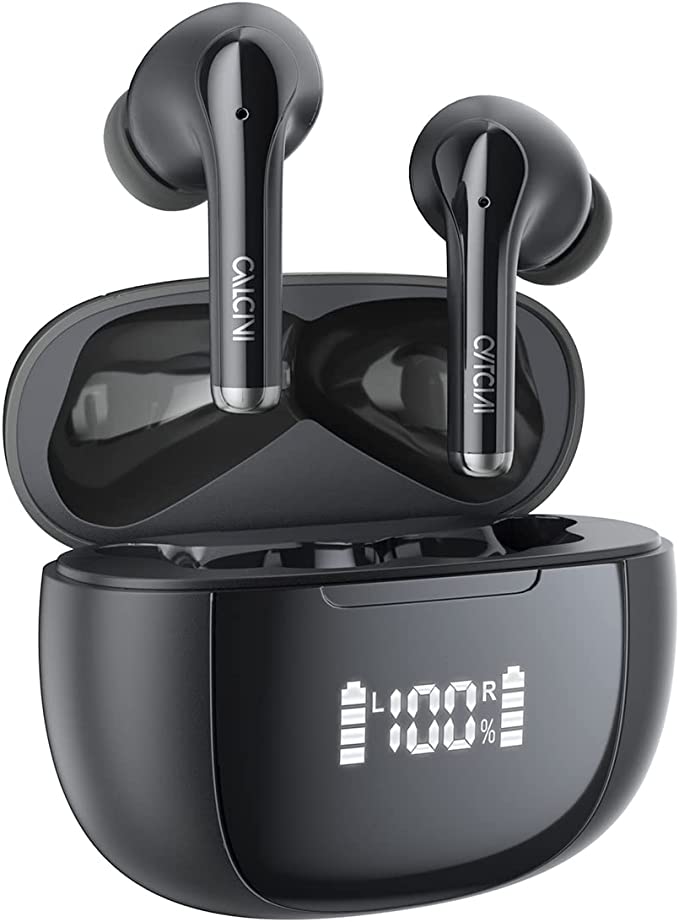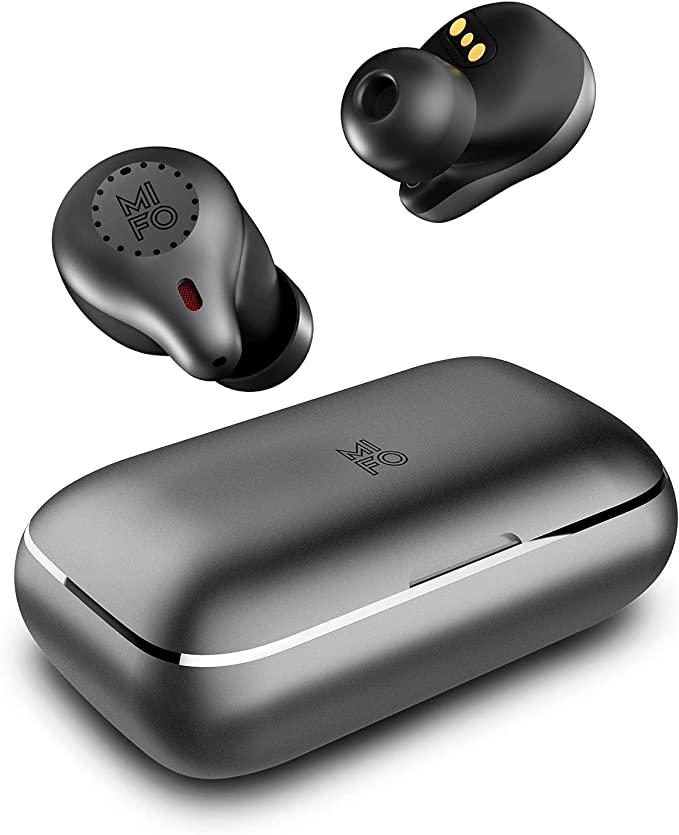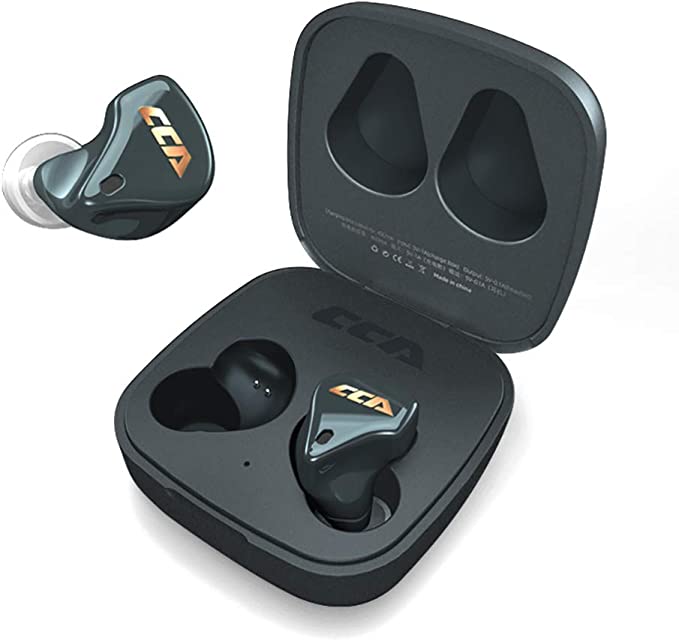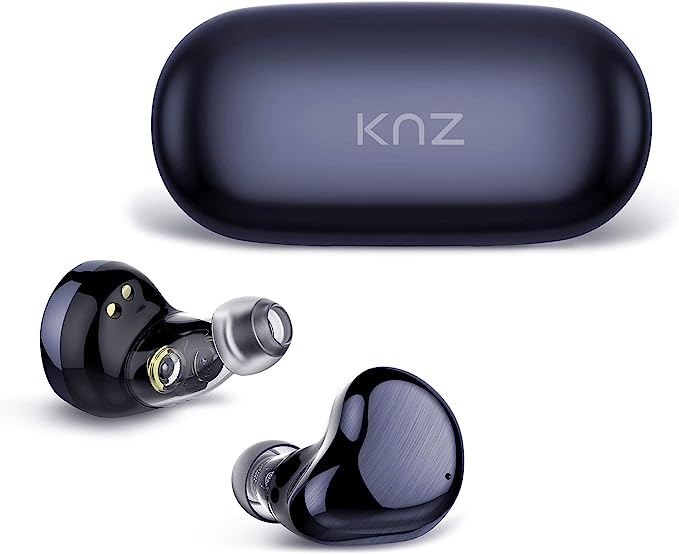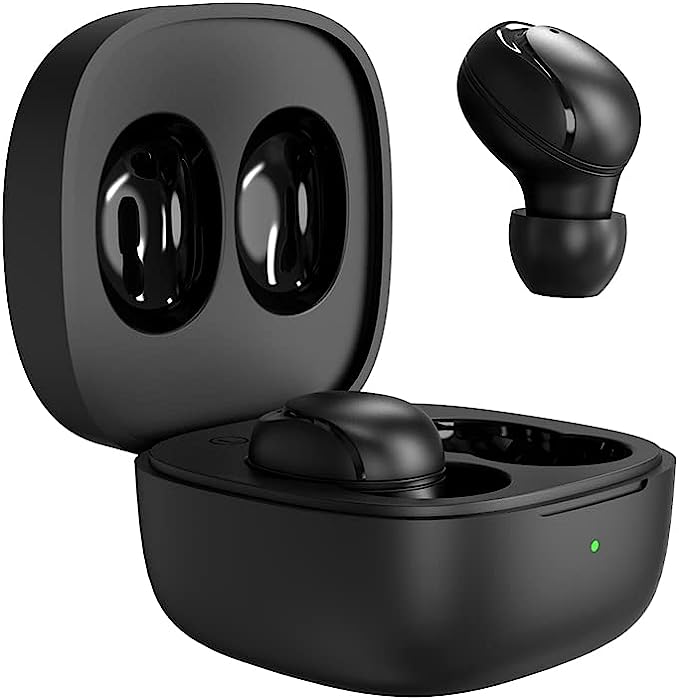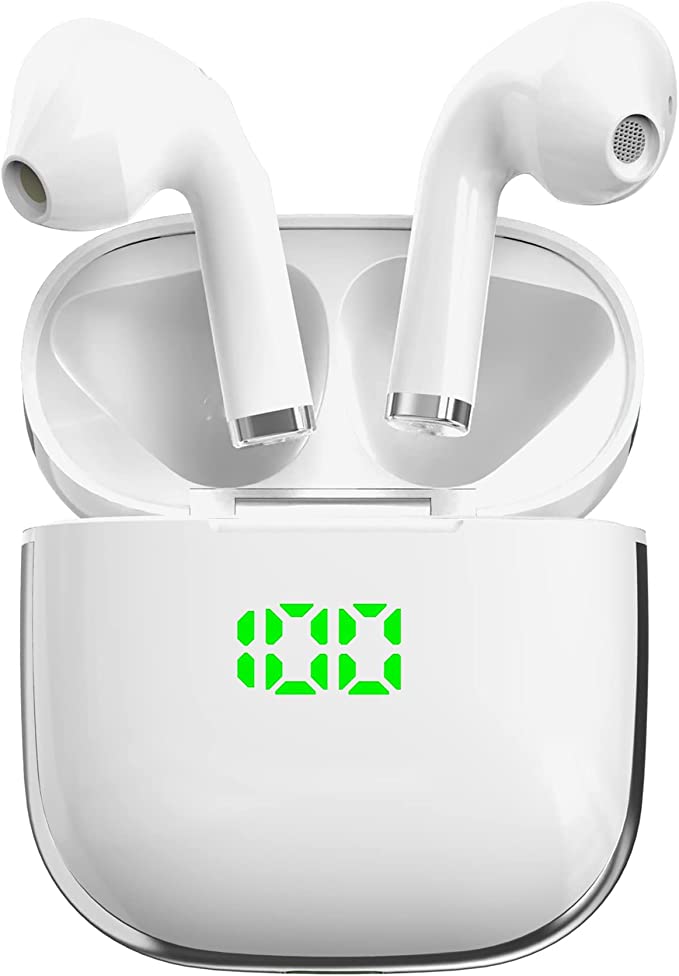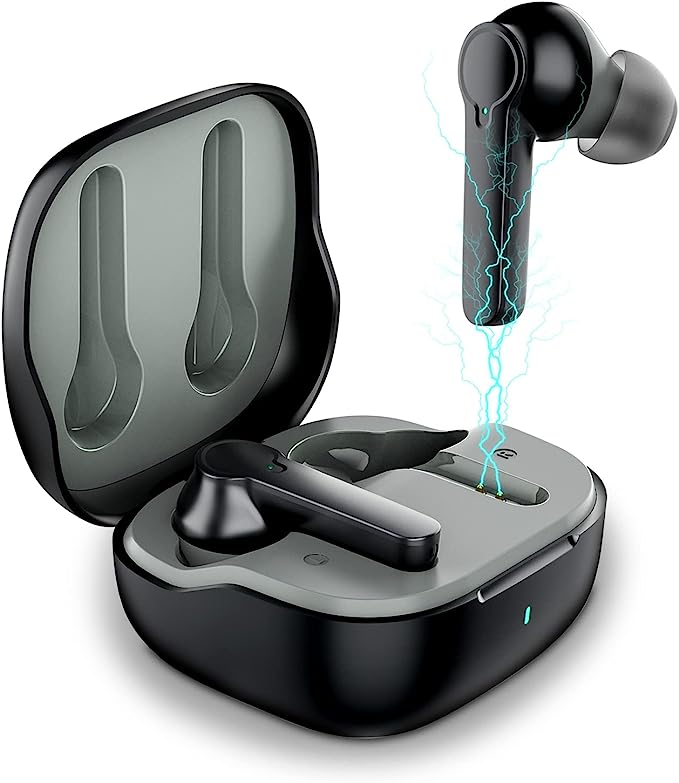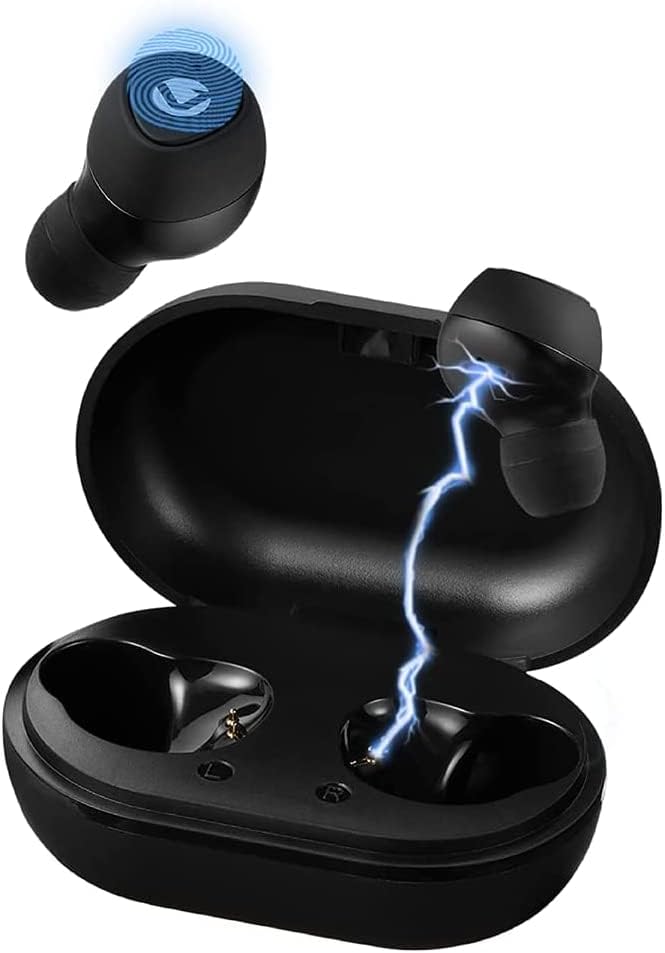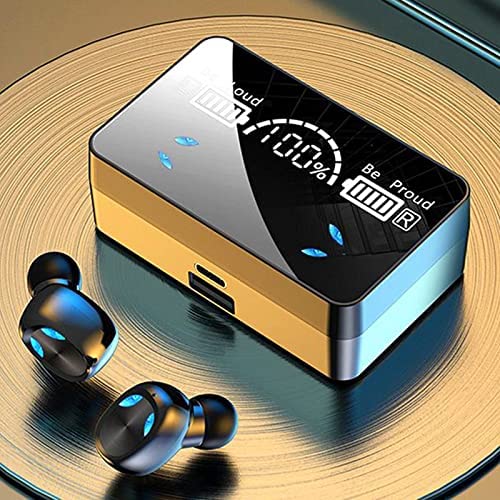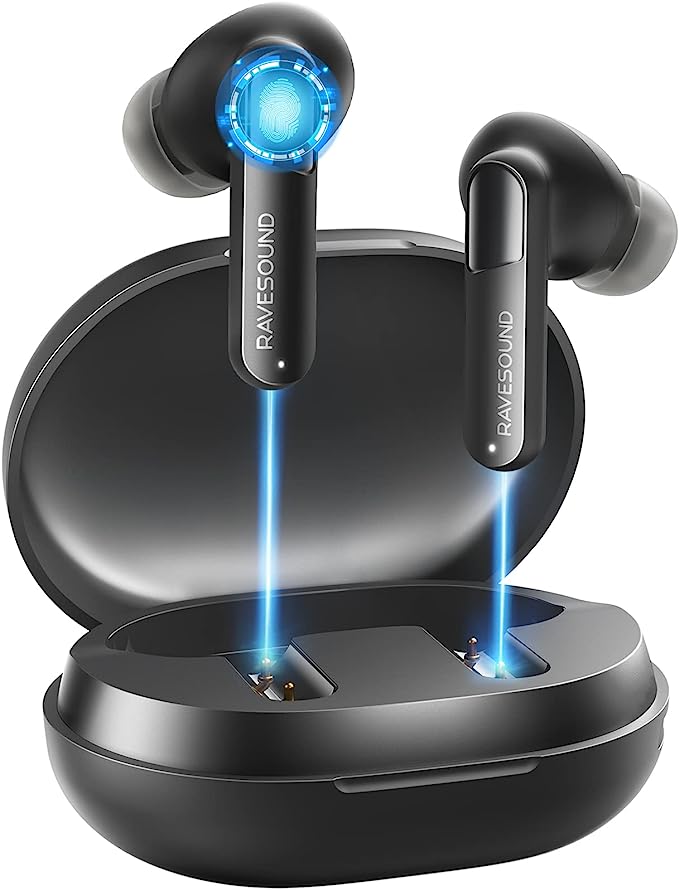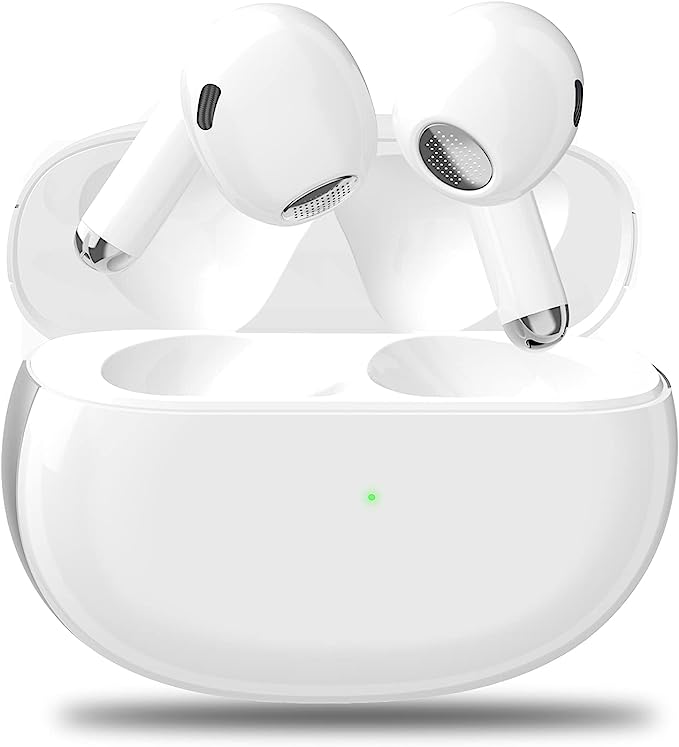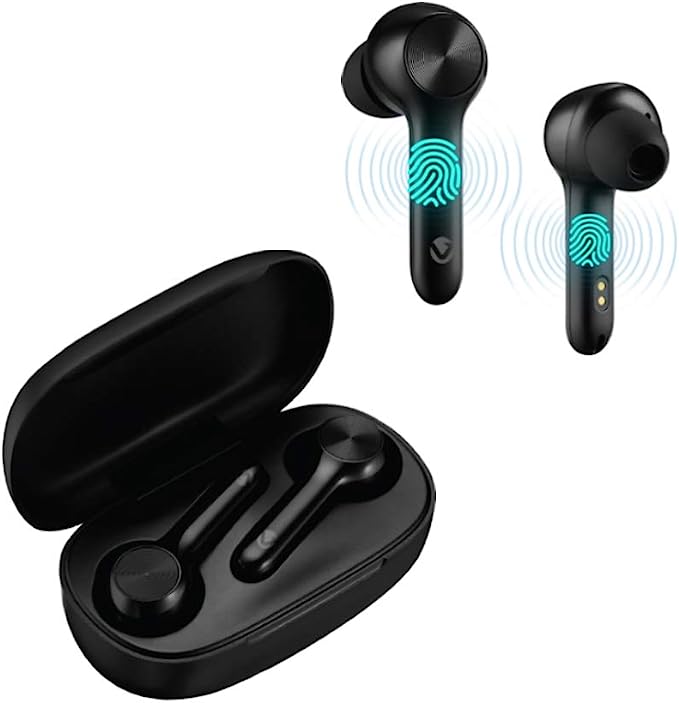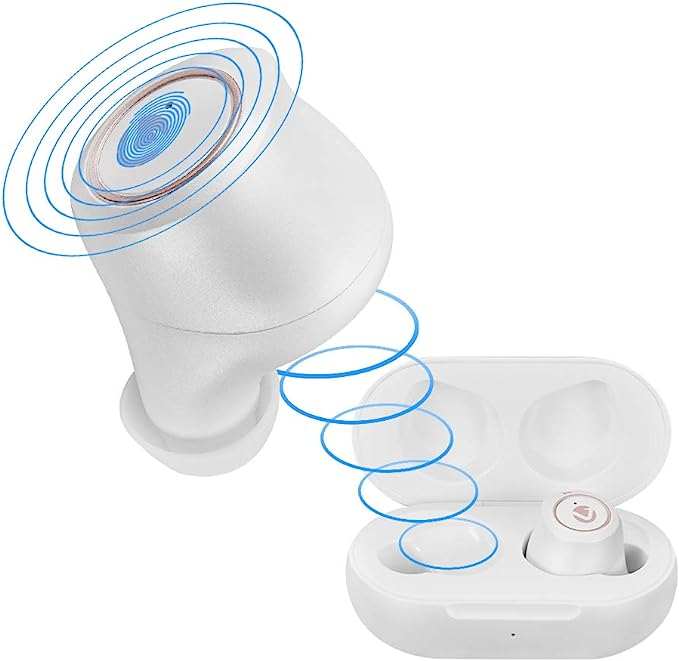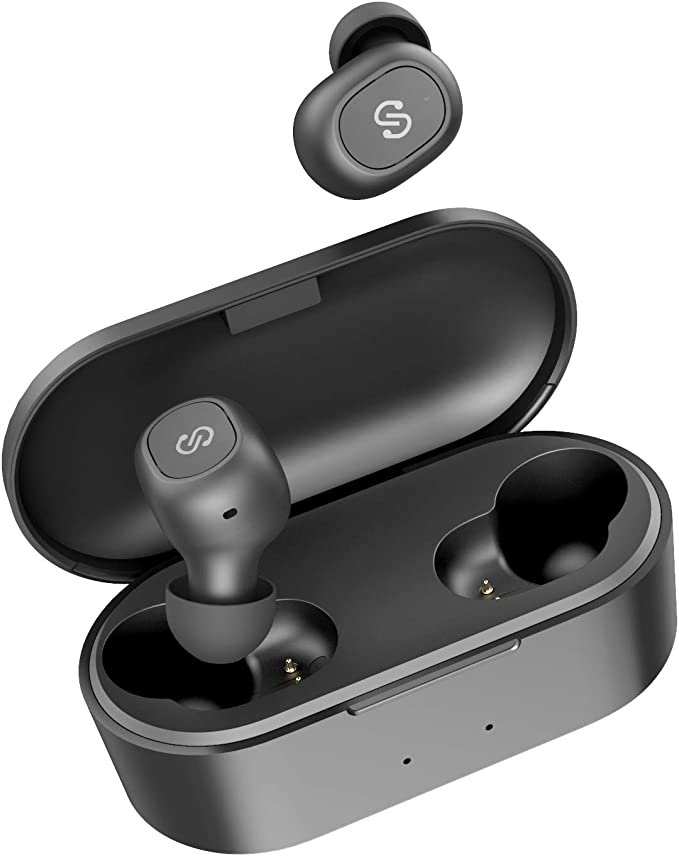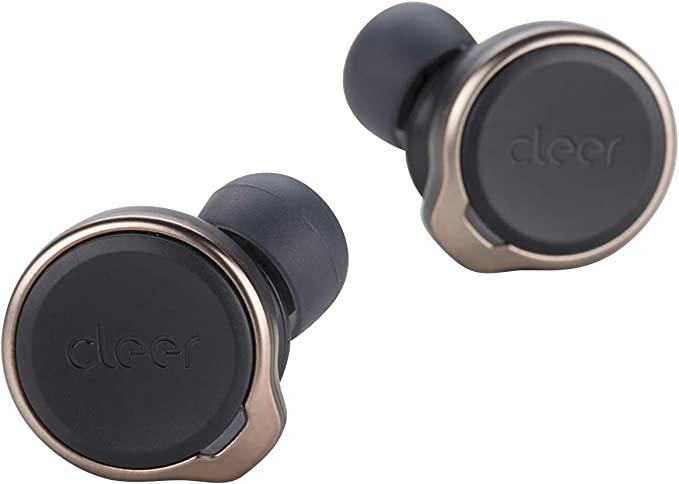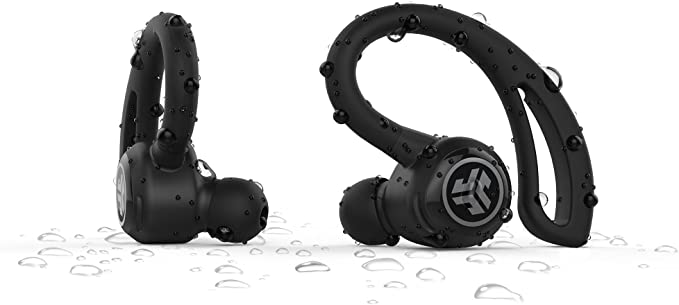How True Wireless Earbuds Work: A Beginner's Guide to the Tech
Update on Oct. 29, 2025, 6:18 p.m.
Have you ever stopped to think about the sheer magic packed into a pair of true wireless earbuds? These tiny devices, with no connecting wires, can stream hours of rich, complex music directly into your ears. It feels like science fiction, but it’s the result of several brilliant technologies working in perfect harmony.
Forget the marketing jargon and the confusing spec sheets for a moment. As your guide, I’m going to walk you through the four core pillars that make wireless audio possible. We’ll break down how they work, why they matter, and what it all means for your daily listening experience. To make these concepts tangible, we’ll use the popular Raycon E25 Everyday Earbuds as a practical example throughout our journey. By the end, you’ll not only understand how your earbuds work—you’ll be equipped to understand what makes any pair of wireless earbuds tick.

Pillar 1: The Invisible Handshake - How Bluetooth Creates a Stable Connection
Before any music can play, your earbuds and your phone need to find each other and establish a stable, private connection. This is the job of Bluetooth. But what is it, really?
The name “Bluetooth” is a tribute to Harald “Bluetooth” Gormsson, a 10th-century Viking king who was famous for uniting the tribes of Denmark and Norway. It’s a perfect name for a technology designed to unite our different devices—phones, laptops, speakers, and earbuds—into one seamless network.
So, how does this invisible handshake happen in a world saturated with radio signals from Wi-Fi routers, microwaves, and other devices? The answer is a clever technique called Frequency-Hopping Spread Spectrum (FHSS).
Imagine your phone and earbuds trying to have a secret conversation in a deafeningly loud room. Instead of trying to yell over everyone, they perform a rapid, coordinated dance. They jump between 79 different radio frequencies hundreds of times every second, and only they know the sequence of the dance. This constant hopping makes their connection incredibly resilient to interference, ensuring your music doesn’t stutter or drop.
Modern earbuds, including our example, the Raycon E25, use Bluetooth 5.0. This version significantly improved the dance, making it: * Faster: Allowing for more data to be sent, which is great for audio quality. * More Stable Over Distance: You can walk further from your phone without the signal breaking up. * More Power-Efficient: Thanks to a feature called Bluetooth Low Energy (BLE), devices can maintain a connection without draining your battery. This is the secret to all-day listening.
This unseen technological symphony is the foundation of your wireless freedom, all orchestrated by the spirit of a Viking king.

Pillar 2: The Language of the Airwaves - Translating Digital Files into Sound
Once your earbuds are connected, how does a song—a large digital file on your phone—travel through the air and emerge as sound in your ears? It needs to be translated into a lighter, more efficient language for the journey. This translation is handled by an audio codec.
Think of a high-resolution, lossless audio file (like a FLAC or WAV file) as a massive, detailed oil painting. It’s beautiful, but it’s far too big to send wirelessly without constant buffering and dropouts. A codec acts like a master sketch artist. It can’t replicate every single brushstroke, but it’s an expert at capturing the essence and soul of the painting using far fewer lines. This process is called lossy compression.
The key is that a good codec makes intelligent decisions about which “brushstrokes” (bits of data) to leave out. To do this, it relies on the science of psychoacoustics—the study of how humans perceive sound. The codec knows that our ears are more sensitive to certain frequencies and that a loud sound can completely mask a quieter one that occurs at the same time. It strategically removes the data we are least likely to miss.
Most wireless earbuds, including the Raycon E25, are fluent in two main codecs: * SBC (Subband Coding): This is the universal, mandatory codec for all Bluetooth audio devices. It’s the reliable workhorse that always gets the job done, but it’s not the most efficient or highest quality. * AAC (Advanced Audio Coding): This is a more advanced and eloquent codec. It uses a superior psychoacoustic model to create a more detailed and richer-sounding “sketch” of the original audio file at the same data rate as SBC. It’s the native language for Apple devices, which is why earbuds that support AAC often sound noticeably better when paired with an iPhone or iPad.
When you stream music, your phone and earbuds negotiate which codec to use, ensuring the emotional core of your favorite songs arrives intact.

Pillar 3: The Nobel Prize-Winning Spark - Powering Untethered Life
Wireless freedom is meaningless without the power to sustain it. The ability to listen for an entire day is thanks to a technology so revolutionary that its creators were awarded the 2019 Nobel Prize in Chemistry: the Lithium-ion battery.
The brilliance of lithium-ion is its incredible energy density. This means it can store a massive amount of power in a very small, lightweight package—making it the only feasible option for a device that needs to rest comfortably in your ear.
The true wireless power system is a two-part ecosystem:
1. The Earbuds: Each earbud contains a tiny lithium-ion battery that holds enough charge for several hours of continuous playback.
2. The Charging Case: The case is not just a holder; it’s a portable power bank with its own, larger lithium-ion battery. When you place the earbuds back in the case, they immediately start recharging.
This synergy is what provides the impressive total playtime figures you see advertised, like the 32 hours offered by the Raycon E25. It’s the combination of the high-density power of lithium-ion and the low-energy demands of Bluetooth 5.0 that banishes charging anxiety and makes your personal soundtrack a true all-day companion.

Pillar 4: Built for the Real World - Durability and Sound Signature
Technology is only useful if it can survive the rigors of daily life. For earbuds, this means handling sweat, rain, and the occasional splash. This resilience is measured by a formal standard called the IP Rating (Ingress Protection).
An IP rating has two numbers. The first is for dust protection, and the second is for water protection. A device like the Raycon E25 has an IPX6 rating. * IP: Stands for Ingress Protection. * X: Means it hasn’t been rated for dust protection. * 6: This is the key number. It certifies that the earbuds are protected against powerful jets of water from any direction.
In practical terms, an IPX6 rating means your earbuds will easily survive a sweaty gym session, a run in a sudden downpour, or an accidental splash from a sink. It’s a seal of confidence that they are built for life in motion.
Beyond physical durability, earbuds are also engineered with a specific sound signature. No earbud is perfectly “neutral.” Engineers deliberately tune them to emphasize certain frequencies to suit different types of music. The Raycon E25, for example, is known for a bass-forward sound signature. This isn’t a flaw; it’s a specific choice designed to make pop, hip-hop, and electronic music feel more energetic and impactful. The goal is to create a vibrant, engaging sound for commuting and workouts, rather than the flat, analytical sound of a studio monitor.

Your Freedom, Your Choice
The true revolution in audio isn’t about a single product. It’s about the moment incredible technology becomes so reliable and accessible that it fades into the background, empowering our daily lives.
By understanding these four pillars—the Bluetooth connection, the codec language, the lithium-ion power, and the IP-rated durability—you are no longer just a consumer. You are an informed user. You now have the knowledge to look at any pair of true wireless earbuds and understand the technology that truly matters, allowing you to choose the perfect audio companion for your life’s soundtrack.
